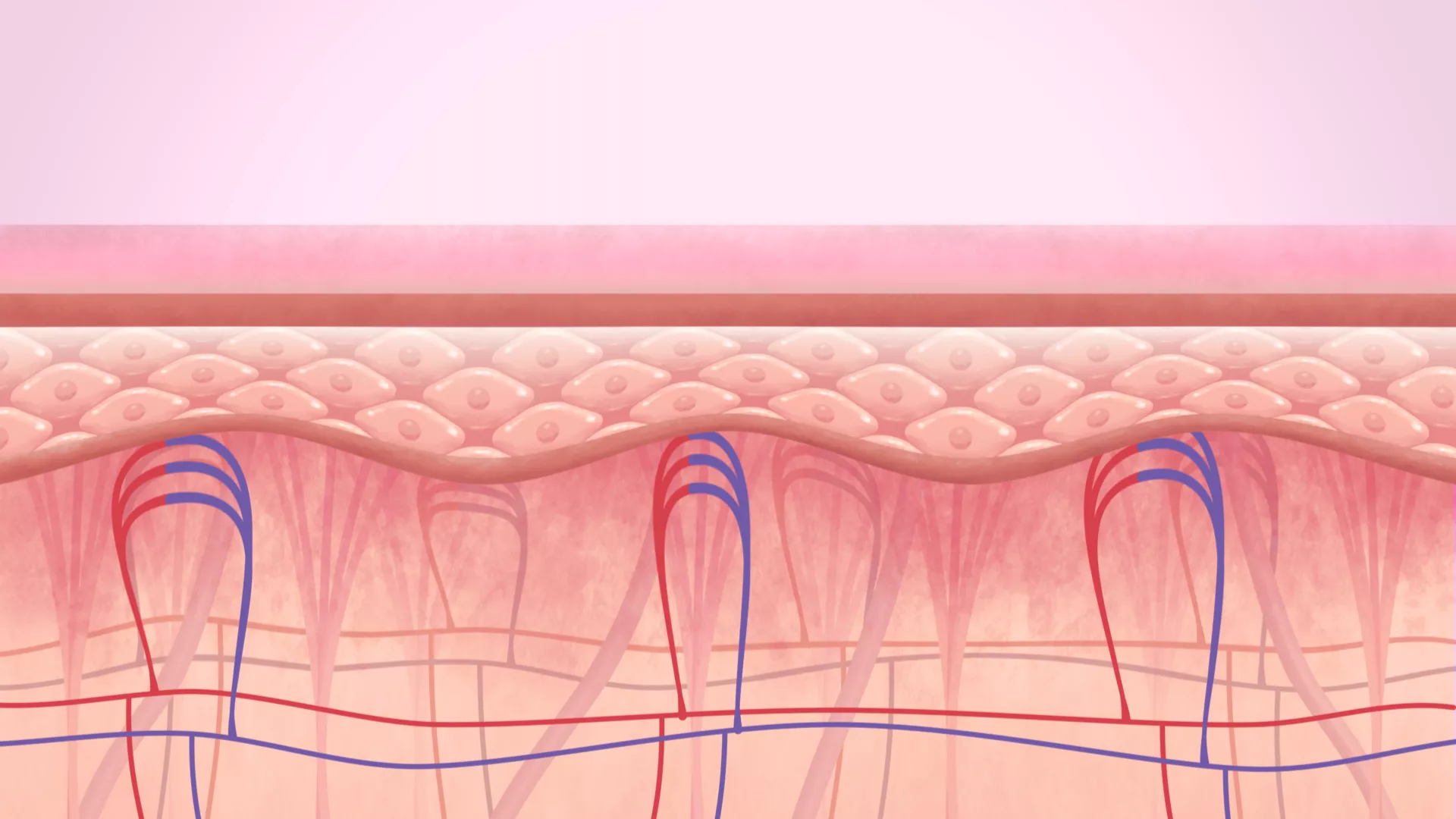3 things you did not know about your under-eye
Eyes are the first feature we notice about someone. They are considered as a mirror of ourselves, a pure projection of our psychological and physical conditions. Looking at the eyes alone is most often sufficient to understand simple or even complex mental states and assess the age or tiredness level of a person.
Due to its distinctive anatomical structure and location, the under-eye skin is particularly fragile and subjected to undesirable symptoms.
Three parameters that explain this uniqueness
1. The thinnest area of the face
The thinness of the under eye is rather unique compared to other areas of the face: from 0.5mm to 0.8mm depending on the area measured. This provides the region with relative skin transparency, making underlying disorders easily visible.
2. Stress-sensitive skin
The constant exposure of the under-eye skin to the external environment is at the origin of exacerbated reactivity. More than elsewhere, UV, fatigue, pollution, and stress trigger inflammation and sensitivity.

3. Richly vascularized area
A dense network of capillaries irrigates the region. With more than 3000 capillaries per cm2 of skin, located very close to the skin surface, any disorders of the blood and lymphatic circulation are rapidly visible.
Owing to these characteristics, the under-eye area easily reflects microcirculation disorders. In particular, dark circles and puffiness are the result of an inflammation which leads to a disruption of the microcirculation and a leakage of fluids from the capillaries to the sub-ocular region.
Eyeglorius™, the brilliant liposoluble active that fights signs of fatigue
Gattefossé’s research team captured molecules from the plant kingdom to address these symptoms.
Triterpenoid acids (mainly ursolic, maslinic, and oleanolic acids) have direct effects on skin microcirculation by reducing inflammation-induced vascular permeability and reinforcing the endothelial barrier function. Interestingly, they also present potential in the degradation of the red pigment of dark circles.
Gattefossé took an interest in the upcycled leaves of sea buckthorn, reputed for their remarkable phytochemical richness, especially in triterpene compounds and turned them into an oily-based and heat-resistant bioactive.

